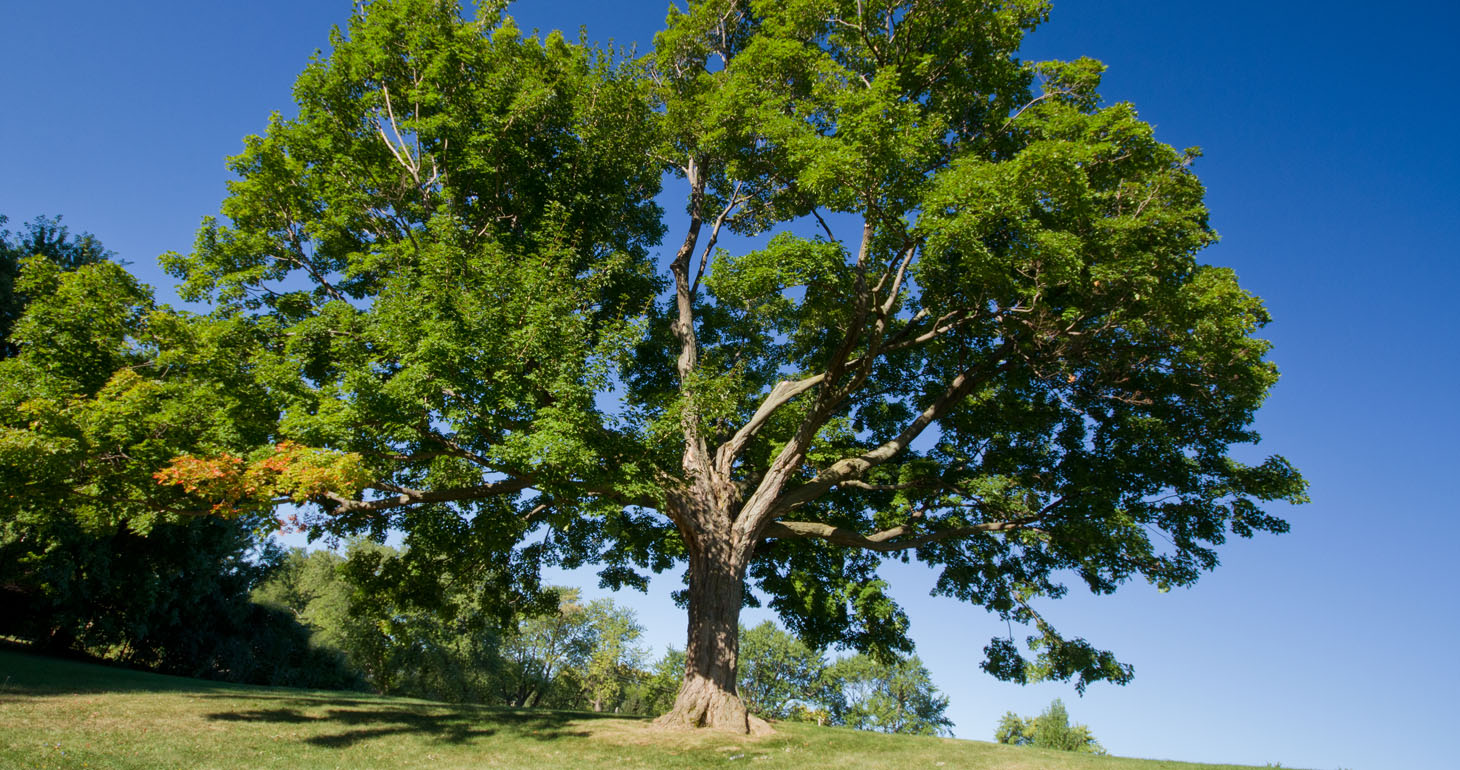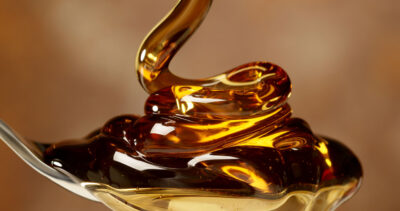5 Things to Know Before and When You Tap
Have a maple tree on your property or thinking of growing one to make your own maple syrup?
The SAPJACK Organic Maple Syrup crew salutes you. For real…what’s more satisfying than the true taste that nature intended?
While tapping a tree and boiling down sap seems simple, it’s not as easy as hanging a bucket. Our maple masters spent years understanding how to keep our trees happy. So here are five basic things they say are important up until and during the tapping process.
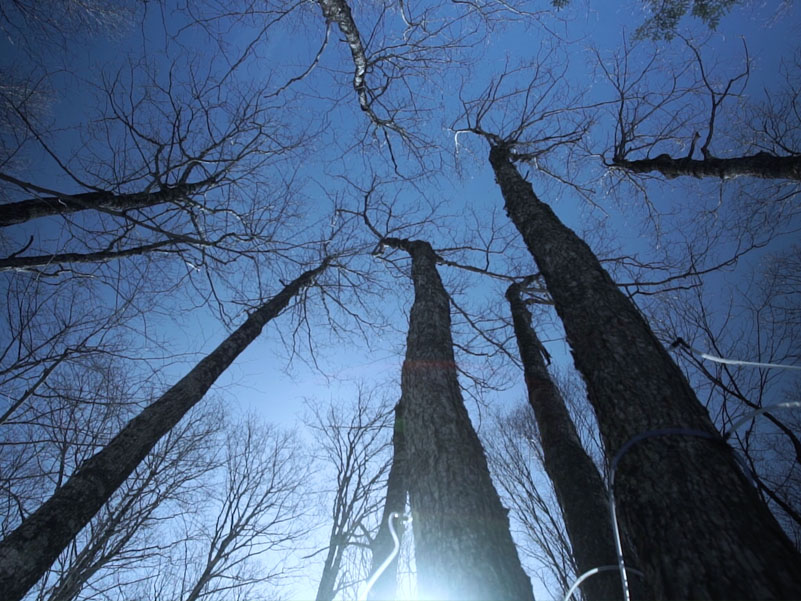
SIZE UP THE RIGHT TREE
Make sure your maple is large enough to be tapped.
Whether you have a tree on your property or are thinking of planting one yourself, it’s important to know that maple tree size is crucial in determining whether it can be tapped. A tree should be at least 10 inches in diameter, measured at 4-1/2 feet from the ground before it gets its first tap.
If you’re growing one yourself, know that these beauties grow to 65-70 feet tall and need space up top and plenty of soil.
Already have an adult tree on your property and wondering how many taps it can accommodate? Keep reading.
USE THE RIGHT NUMBER OF TAPS
Keep your tree happy by following these rules.
More taps aren’t always a good thing. In fact, it can be harmful to your maple tree. Use the following to determine how many taps a particular tree can handle.
- Trees between 10-20 inches should have no more than one tap.
- Trees between 20-25 inches can have two taps.
- Trees over 25 inches can handle three taps but NO TREE should have more than three.
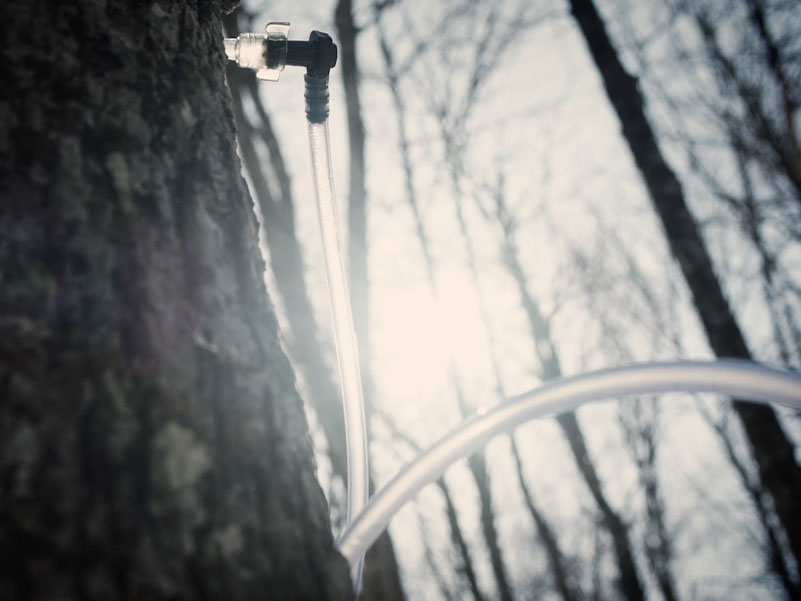
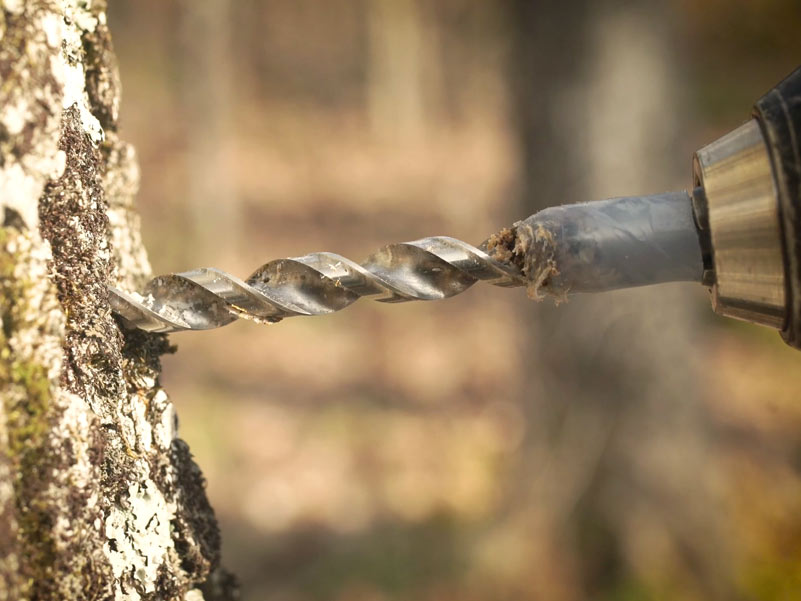
MAKE SURE YOU KNOW THE DRILL
Avoid injuring the tree and maximize yield.
Our crew taps and untaps all our trees EVERY YEAR. You should too because it keeps the trees healthier and happier.
When you’re ready to tap, look for unblemished bark (aka: avoid old tap areas) and drill a hole using a sharp drill bit with a diameter of 7/16 inches. Drill two inches deep for a standard spout and always make the taphole level and horizontal (not at an angle) to ensure the best yield.
Never drill closer than two feet directly over or under former tapholes and no closer than six inches from the side of an old taphole.
CAREFULLY INSERT SPOUT
Avoid damaging the tree at the moment of truth.
They don’t call it “tapping” for nothing, right?
Take care to lightly tap in the spout so that it is tight enough and cannot be pulled out easily by hand.
Plan to tap during days that are above freezing to further minimize the risk of splitting the tree. Remember to pull your taps at the end of the season to ensure your maple heals up.

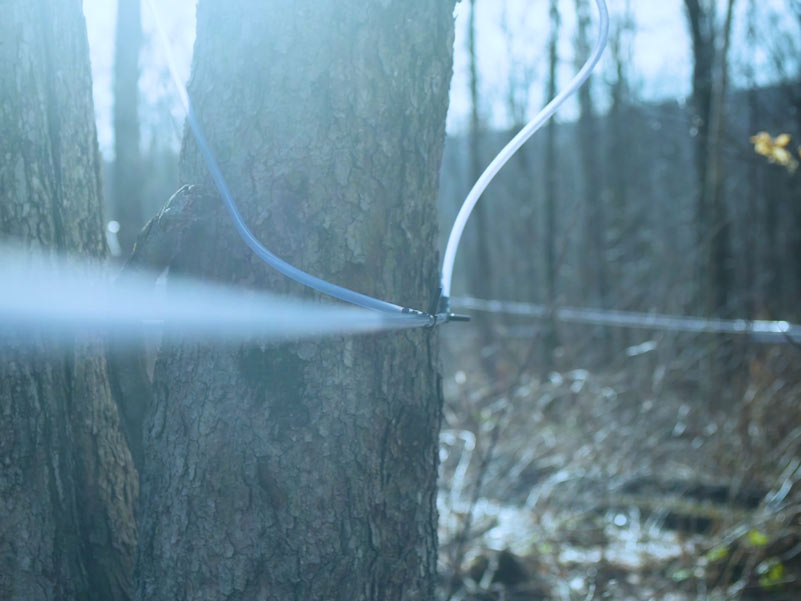
KEEPING THINGS FRESH DURING COLLECTION
Don’t waste a drop of sap or get it contaminated.
It’s not as simple as hanging a bucket on the hook of the spout and chilling out.
Make sure your collection receptacle is covered, so rain, snow and other falling goodies don’t find their way into the sap.
And once sap is flowing, you’ll want to check your sap bucket often. Once it’s full you’ll want to boil it as soon as you can. Sap left in the sun can sour, so collect it regularly and keep it in cold storage.
Seem like a lot of work?
Well…this doesn’t even cover the evaporating process! It’s a labor of love and it’s well worth it if you’ve got the right trees, know-how and motivation!
If you’re lacking any of those things, you’ll be sappy to know SAPJACK has you covered with a full lineup of organic maple products.
So, feel free to enjoy the shade of your maple and while you’re at it, we’ll be up here working to deliver you the true taste of the forest.
